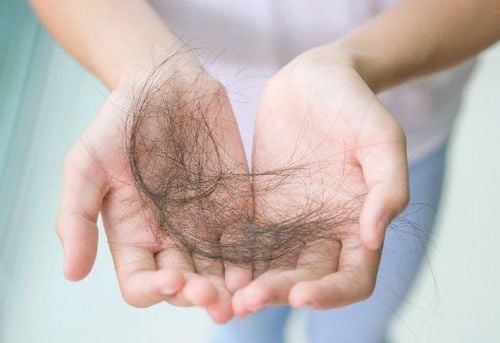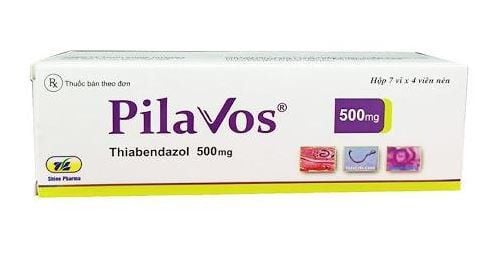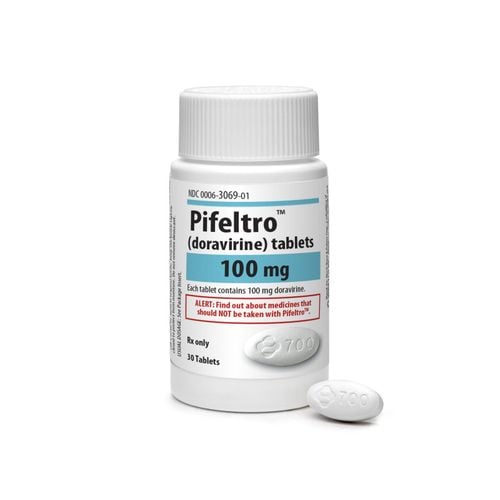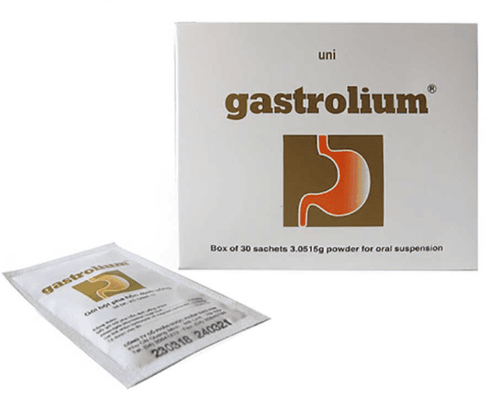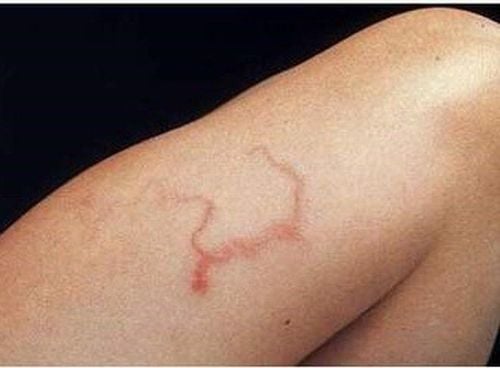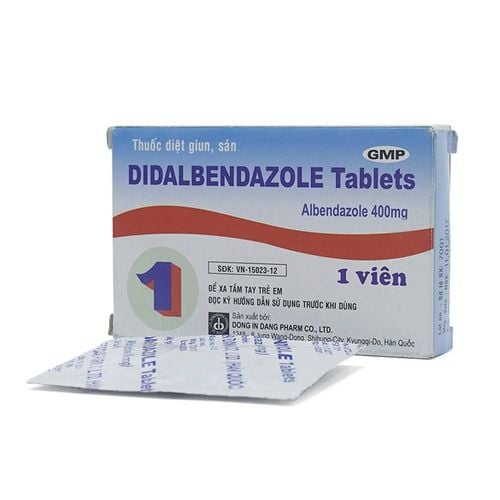This is an automatically translated article.
It is estimated that up to 80% of strongyloidiasis cases die due to mistaken treatment of other symptoms and diseases. Effective strongyloidiasis treatment requires early detection, patience, and long-term willingness to treat.
1. Overview of strongyloidiasis
Different from other parasites that usually only reside in the intestines and excrete out of the body to reproduce and grow and return to the human intestine to cause gastrointestinal diseases. Strongyloidiasis is one of the helminths that have the ability to develop and travel through the bloodstream to other organs in the body such as the skin, digestive system, lungs, lymph nodes, esophagus..., persisting for life. on the host, carrying countless germs from the gastrointestinal tract, waiting for the host's immune system to decline will cause many dangerous complications leading to death. Therefore, 80% of people infected with strongyloidiasis die because of mistaken treatment when focusing on treating other symptoms and diseases of the patient without realizing that the patient has severe strongyloidiasis.
Infection can be fatal in immunocompromised patients, even with treatment. Even after treatment of infection and other disorders, many patients are re-infected for a short time because the original bacteria on strongyloides are still present.
2. Diagnostic measures
Most cases of strongyloidiasis are identified in two ways:
Clinical cases: most have no typical clinical signs. A few patients have epigastric pain, diarrhea, local dermatitis when larvae enter the body, mild anemia, anorexia, abdominal distention, eosinophilia 10-25%... Confirmed case: test found strongyloides larvae in feces. To identify strongyloidiasis larvae, the following methods can be applied:
Examination of stool samples by microscopy or agar method. Enzyme immunoassay (EIA) to look for antibodies. Endoscopic biopsies of suspected duodenal and jejunal lesions. Serological monitoring.
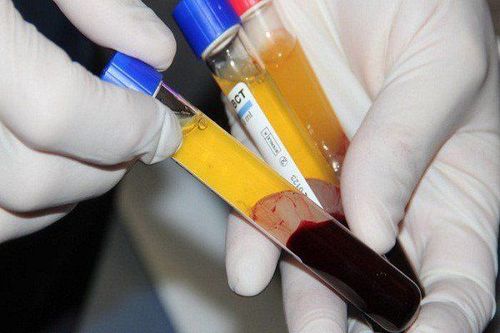
Theo dõi huyết thanh học - Một trong các phương pháp xác định ấu trùng giun lươn
3. Treatment of strongyloidiasis
Strongyloides can reproduce and develop for a long time in the human body, so the treatment period for strongyloides should be maintained until the strongyloides are completely eliminated.
Patients on corticosteroids or other immunosuppressive drugs infected with HTLV-1 should be tested for strongyloidiasis before and after certain intervals during treatment. Certain fecal and serological tests should be performed if the patient has the following risk signs:
Likelihood of strongyloidiasis exposure (travelling or residence in high-risk areas, recent or past ). Eosinophilia is difficult to explain. Symptoms suggestive of strongyloidiasis Potential transplant recipients and donors from endemic areas should also be screened. If infected with strongyloidiasis, roundworm or hookworm (this phenomenon is quite common), then it is necessary to treat hookworm and roundworm first, then treat strongyloidiasis.
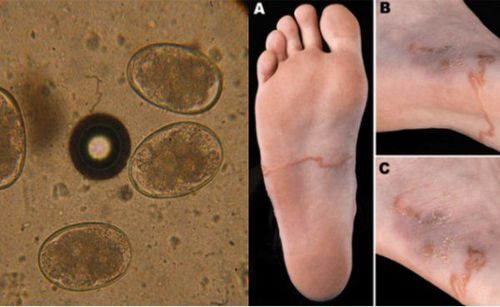
Nếu bị nhiễm đồng thời giun lươn, giun đũa hoặc giun móc cần điều trị loại trừ giun móc và giun đũa trước
To treat strongyloidiasis, a number of drugs are indicated, including:
Ivermectin: applied to uncomplicated infections or patients with negative strongyloidiasis test results. Recommended dosage: 200mcg/kg/day, for 2 consecutive days. Ivermectin is more commonly prescribed than Albendazole. Alternative medicine: Albendazole. Recommended dosage: 400mg, divided into 2 times a day, for 7 consecutive days. However, it is contraindicated in children under 2 years of age, women in the first 3 months of pregnancy or breastfeeding, people with a history of hypersensitivity to Benzimidazole or a history of bone marrow toxicity. Care should be taken when assigning treatment to people with liver and kidney failure. Note:
In immunocompromised patients, prolonged or repeated treatment for strongyloidiasis may be necessary. After treatment for strongyloidiasis, hyperinfection syndrome should be prevented in patients with strongyloidiasis by performing a repeat fecal evaluation for juvenile and filamentous larvae 2 to 4 weeks later. If stool is still positive, re-treatment is indicated. Broad-spectrum antibiotics are used to treat bacterial infections while preventing the entry of larvae from the intestines. If you notice unusual problems that suspect strongyloidiasis, you should immediately consult and consult a specialist.
Please dial HOTLINE for more information or register for an appointment HERE. Download MyVinmec app to make appointments faster and to manage your bookings easily.




